What issue can we solve for you?
Type in your prompt above or try one of these suggestions
Suggested Prompt


Can Consumer Tech Ever Really
Be Sustainable?
Can Consumer Tech Ever Really Be Sustainable?
The world produces millions of tonnes of e-waste per year. How can we solve this colossal problem?

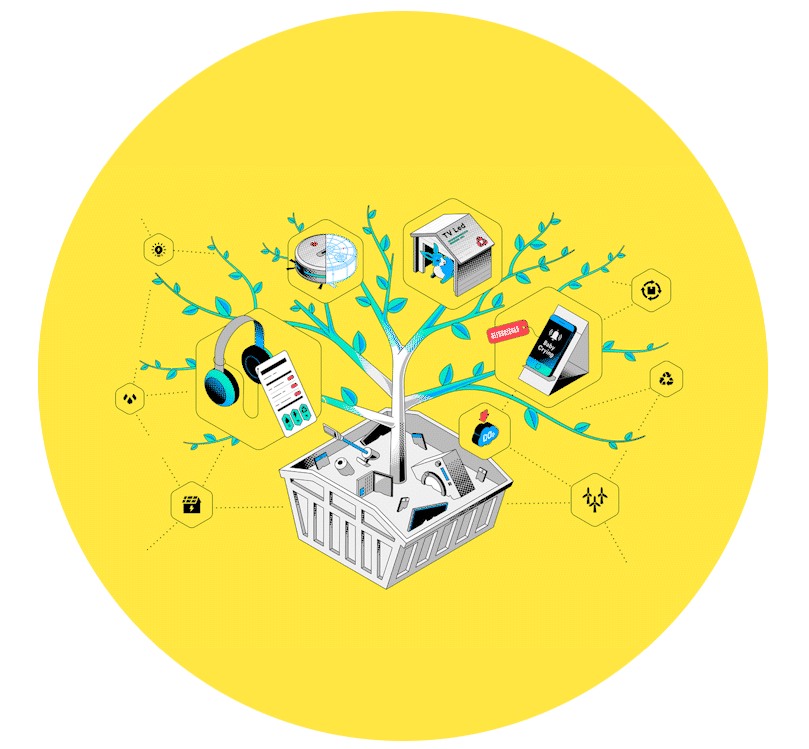
In 2020, the United Nations published a report on electronic waste – and the findings were bracing. The world was producing a record 53.6 million metric tonnes of e-waste per year, the equivalent of over a million Boeing 737s. Comprising everything from video cameras and televisions to vacuum cleaners and dishwashers, this contained $57 billion of raw materials, more than the GDP of many countries – of which only 17.4 percent was recycled. More troubling still, the UN forecast that on current trends, annual e-waste generation will grow to 74.7 million metric tonnes by 2030.
This is not only a public health concern, because e-waste contains harmful substances, but it’s a stark environmental issue – and that’s before you even consider the lifetime energy use of all those devices. The UN forecasts that this year, the world’s population will hit eight billion people; 20 years prior, it had just passed six billion. For a measure of how that translates into tech proliferation, consider mobile phones. Last year, there were 14.91 billion phones operating globally; this year that number is expected to be around a billion more. These devices don’t just use electricity when they are in the hands of the consumer; their manufacture and distribution also generate considerable emissions.
This picture presents myriad challenges. On the one hand, there’s the need to reduce the carbon footprint. That’s an imperative for many industries. On the other, are problems which are specific to consumer tech brands. It is inherently difficult for them to operate sustainably thanks to the very nature of their business. These products are resource-intensive – plastics, chemicals, rare-earth elements, all of which are tricky to separate from each other and therefore hard to recycle. A circuit board, for instance, is a tightly-packed maze of overlapping parts and materials. Combine that with the often short life-cycles of electronic products, owing to the difficulty of repair and the onward march of technological progress, and you have an acute problem.
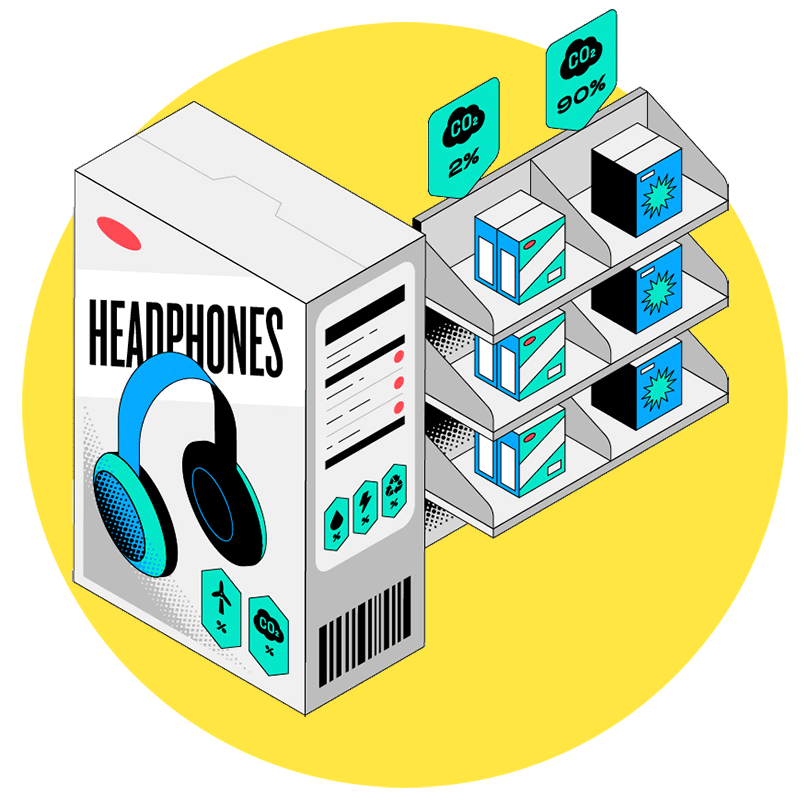
As environmental, social and corporate governance (ESG) has become an increasing priority for the consumer, the need to rise to this challenge has become ever more pressing – and that’s only going to intensify. The younger generations who will become the customers of tomorrow will place even greater emphasis on sustainability than their parents. But there’s also a practical reason why the problem needs to be addressed. Finite resources will dwindle and become more expensive, and shifting political tectonics – for instance, deteriorating relations between China and the West – will create further barriers to accessing them. For consumer tech brands, having a long-term business will be about embedding sustainability across manufacturing and product life-cycles. Those that fail to do that may also have trouble attracting talent. In other words, it’s emphatically not just a “nice to have”.
Recycling might seem to be the silver bullet. Indeed, consumer tech brands are trying to tackle recycling challenges and use ever more “closed-loop” materials. Take Apple, which has created various robots to aid recycling efforts: one model is called Daisy, which can disassemble 200 iPhones per hour; there’s also Dave which recovers rare-earth magnets, tungsten and steel; and Taz, which reclaims magnets from audio modules. In the future, it seems likely that brands will develop products in ways that make it easier to recycle their parts. But recycling can’t be the whole story – solving this problem will need a multifaceted solution.
Right now, there’s more work underway across the consumer tech sector than ever before. WIRED convened a roundtable with five of the industry’s leading brands, in partnership with the digital transformation consultancy Publicis Sapient, to consider the most innovative ideas in this space and ask: what will it take to make consumer tech more sustainable?
Solve the Communication Problem
While we are still some way from the widespread adoption of sustainable practices, Mary Jacques, director of global environmental affairs and sustainability at Lenovo, points out that “many companies have actually been doing this for a long time, but don’t always shout about it”. As a result, consumer awareness around the green credentials of the products they buy is often lower than it should be. Herein lies a clear opportunity for companies that are prioritising ESG: an underplayed marketing angle that would also help consumers make decisions that are good for the planet.
A simple but powerful approach is to label products with their eco data. Lenovo and Dell, for instance, use the third-party Energy Star mark to badge up products that meet emissions and energy efficiency standards set by the U.S. Environmental Protection Agency and the U.S. Department of Energy. Dell also provides product carbon footprint information on its website. Forcing tech brands to compete with each other to be as environmentally friendly as possible, however, may require a more top-down approach. Right now, there are two problems with how the tech world uses labels. Firstly, the labels themselves are not intuitive – how many consumers know precisely what an Energy Star means? Secondly, it’s up to each brand to decide what label or data it displays, and how. “There's no standardised way of communicating across the industry,” says Maiken Møller-Hansen, director of energy and sustainability for Amazon devices and services. “I, as a customer, should be able to make apples to apples comparisons across brands.”
"Until you get a ‘calorie label’ that states the water consumption, the energy consumption, the recycled content, consumers aren’t going to really get a clear picture"
Raj Shah , Managing Partner at Publicis Sapient
Raj Shah, managing partner at Publicis Sapient, says we should consider how the food industry approaches this issue. “Until you get a ‘calorie label’ that states the water consumption, the energy consumption, the recycled content, consumers aren’t going to really get a clear picture,” he says. “I think that there needs to be either somebody who says, ‘We're gonna do this first’ or a consortium has to come out that says, ‘We are the labelling experts here’.” Arguably, governments may need to step in to ensure industry-wide participation.
It might seem that the current opacity serves the tech world. However, Deji Olukotun, director of policy and corporate social responsibility at Sonos, says that it makes for a poor relationship with the consumer. “We definitely hear from our focus group studies that when consumers want the new shiny object or the new experience, but they don't know what the consequences are, it makes them uncomfortable.” In any case, in Shah’s view it is inevitable that these companies will have to compete on sustainability as the next generation becomes buyers – it would make good business sense for them to get in front of that shift and ensure they would be proud to talk plainly about the environmental impact of their products.
Breathe New Life into Old Tech
One of the reasons consumer technology is a booming sector is it taps into humanity’s innate appetite for novelty. But upgrade culture is fundamentally at odds with sustainable consumerism, and that’s why eco-minded brands are turning a gimlet eye on their business models. On the one hand they need to extend the life cycles of their products, on the other they need to maintain revenue. So, how to thread that needle?
Amazon’s Maiken Møller-Hansen says that emphasising services over products is vital. “We have a long track record of creating businesses that rely on customers using our devices, not just buying them,” she says. “We didn't really want to be on this upgrade treadmill. We've spent a lot of time making sure that our devices are really durable, and we issue a lot of over-the-air software updates. We have a lot of customers who tell us that they're still using their Echo device from 2014 or Kindle e-readers that are many years old.” Similarly, every Sonos speaker that has ever been produced is still a usable product. “Many of our customers have been using their products for more than a decade,” says Olukotun. “They simply don't consider us to be in the same category of product as their phone or laptop. They consider their speakers a long-term investment for their home.”
Crucially, extending product lifespans can itself become a revenue stream. “I think you need to look at obsolescence not in terms of one consumer but in terms of the device,” says Shah. “I'm an early adopter, but when I want to upgrade, that device should not be considered obsolete. That device has a second life, potentially a third life or fourth life, and each resale is a revenue stream in and of itself for the manufacturer. So you could put someone like me on a plan where I get a new device every two years and then you sell it on.” Lenovo is already doing a version of that with its “device-as-a-service” programs for businesses. Consumer versions will surely start to become commonplace.
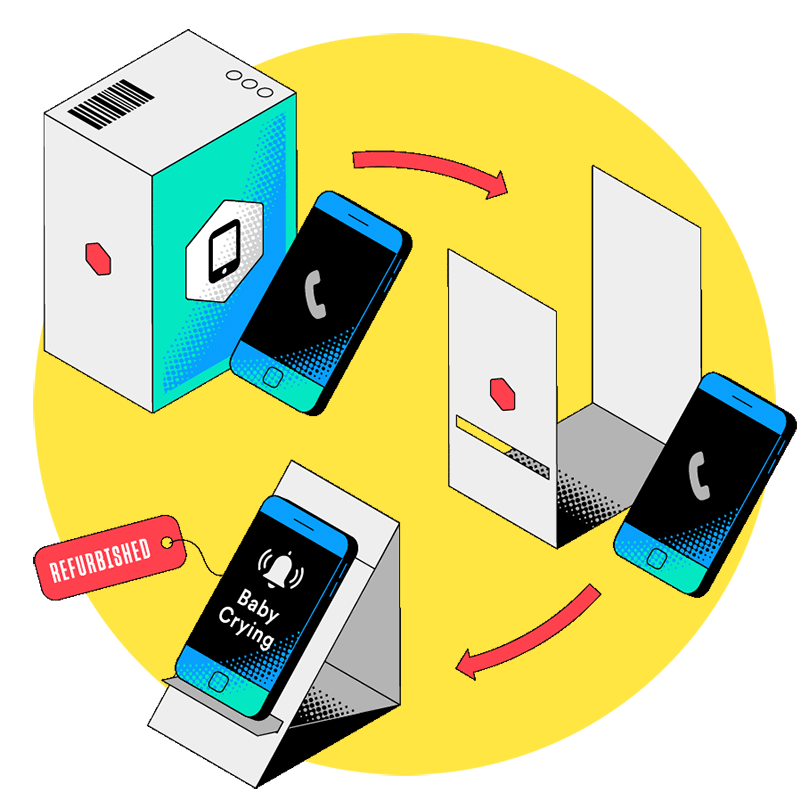
"Upgrade culture is fundamentally at odds with sustainable consumerism."
Once resale value drops to the point that a product is no longer worth reselling, that device could then be recycled for parts – or play a role in an upcycling project. Take Smartphones4Good. "Hoarding a used smartphone in the drawer?” asks it website. “You can now save our planet’s valuable resources, and give your phone a new life by sending it to us. We wipe all the remaining data off the phone, after which a female entrepreneur in Africa will be given a chance to lease it at an affordable price.”
The less conventional approach is repurposing the device entirely. Samsung has been especially active in this space. Take its “Upcycling At Home” initiative, which repurposes old Galaxy smartphones as Internet of Things devices such as baby monitors, or its Wildlife Watch scheme, which supports the all-female Black Mamba Anti-Poaching Unit in the Kruger National Park. “They're trying to patrol this vast nature reserve, which is impossible, and there are only a handful of them,” says Benjamin Braun, Chief Marketing Officer of Samsung Europe. “So we contacted them and said, we have an idea: we give our old Samsung mobile phones to you, we put solar panels on them, we put them out in your game reserve and we live stream all of this to the world. If anyone sees poaching activity, they hit the button, you get alerted, and you can go and deal with it.”
Micro Innovations Go a Long Way
As with all environmental problems, there’s no single solution. We need the macro efforts, but we also need targeted approaches which may not move the needle dramatically in isolation, but cumulatively make a difference. Many brands are duly improving their products’ sustainability by focusing on specific aspects of their design. The key to doing this effectively, says Louise Koch, director of global sustainability strategy and innovation at Dell, is to foster a culture of innovation. "We set our engineers free – we host innovation workshops and ask: how can we challenge ourselves? How can we reinvent our products?” One fruit of that program is Concept Luna, a prototype laptop whose components are immediately accessible and replaceable, and which uses lower volumes of materials. Take the screws: “There are commonly around 300 screws in a laptop. Now, in the case of Luna, they have 30. And you can actually disassemble it by removing two screws. That’s a very simple innovation: but why hadn’t anybody challenged the idea that there has to be 300 screws?” That’s good for reducing the metal content, but it’s also good for the consumer who may be able to upgrade or fix that computer more easily. As the “right-to-repair” movement gains ever sharper teeth – this year, for instance, New York state passed the Digital Fair Repair Act – that is becoming increasingly important.
"Companies need to be saying: we are pushing our product development teams, pushing our innovation, and will present sustainability as a differentiator for why you should buy our device over the competitor’s."
Raj Shah , Managing Partner at Publicis Sapient
To Braun, solving a consumer problem at the same time as solving an environmental problem is the winning formula. He references a recent Samsung project: redesigning TV remotes to include solar panels, obviating the frustration of discovering the battery is flat. The environmental pay-off? “Over seven years, we are stopping 99 million batteries from ending up in landfills.” This year at CES, Samsung unveiled the next iteration, which harvests energy from Wi-Fi signals and does away with conventional batteries. “It’s pretty funky,” says Braun. Batteries are a major battlefront in this space, because they are such a barrier to operating sustainably. Lithium mines are associated with environmental hazards and human rights abuses, while recycling batteries is challenging and potentially dangerous. Green battery innovation – moving to alternative materials, making them reusable – is a major strand of research. So too is finding alternative materials for the casing of electronic devices: using bioplastics, say, or finding ways to recover plastic from the ocean and render it fit for purpose. This is a concept Samsung is also exploring through upcycling discarded fishing nets for use in its products. The company estimates that the initiative could prevent more than 50 tons of such waste from entering the world’s oceans by the end of 2022.
Shah argues that it is essential to put this kind of thinking at the core of the business, and not allow it to be a mere adjunct. “This is about working with product teams to define products with a sustainability angle, just like you would ask what the user interface looks like or how it fits into the ecosystem of your products,” he says. “Companies need to be saying: we are pushing our product development teams, pushing our innovation, and will present sustainability as a differentiator for why you should buy our device over the competitor’s.”
Cut the Carbon
That holistic view should extend to the supply chain. If a brand holds sufficient power, it can push suppliers to act more sustainably – perhaps requiring them to use renewable energy. Apple’s 2022 Environmental Progress Report states that the energy used to manufacture Apple products accounts for 70 percent of Apple’s gross carbon footprint. The company has therefore committed to transitioning its supply chain to 100 percent renewable electricity. The report states that: “Today, 213 of our suppliers – representing the majority of Apple’s direct supplier spend – are committed to using 100 percent renewable energy for their Apple business.”
Companies are also addressing the “in use” energy consumption of their devices. “We started in 2020, saying we're going to buy renewable energy equivalent to the power that Echo devices use in customer homes,” says Amazon’s Maiken Møller-Hansen. “We've since expanded that investment to also apply to Fire TV devices and Ring devices. That's a lot of renewable energy projects throughout the world that we've decided to pay for so that, as a customer, I can feel good about using my Echo device because it's effectively powered by renewable energy that way.”
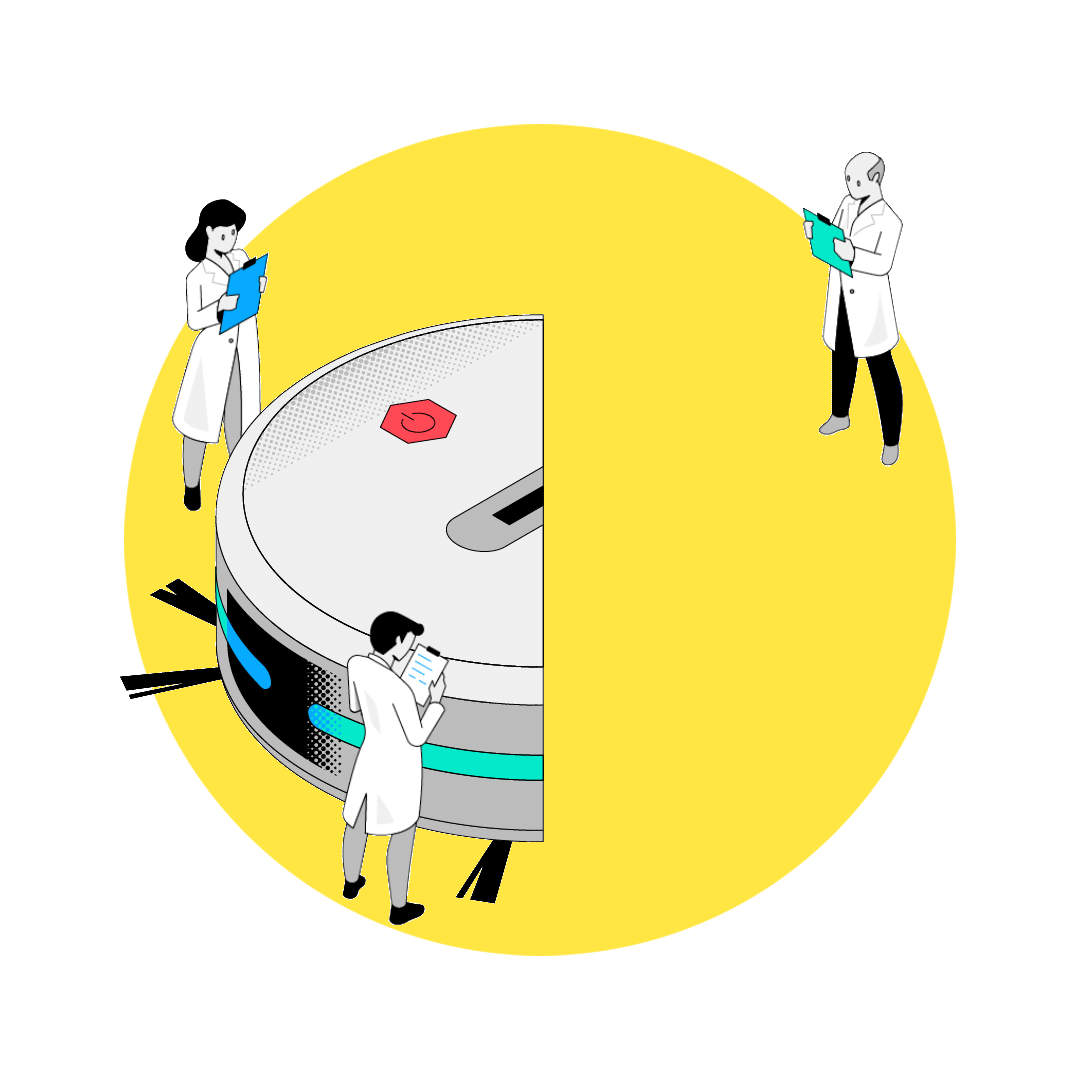
"What needs to happen first is to reduce, reduce, reduce – companies need to reduce carbon emissions, consumers need to transition to renewable energy in the house."
Louise Koch , Director of Global Sustainability Strategy and Innovation, Dell
Another key strategy is offsets. Shah suggests that this could be turned into a revenue stream. Say you buy a laptop; the manufacturer could offer you the opportunity to offset certain aspects of its manufacture – the water footprint, or the carbon involved in its delivery. The company could charge a modest fee for this. “I'm not saying that these companies should make a huge premium on it, but they can offer it as an ancillary service with a thin margin and still do good while making money.”
Renewable energy and offsetting schemes come under close scrutiny from environmentalists. Building power generators such as wind turbines or solar farms, and contributing that power to the grid, is usually deemed to be the most desirable option. Companies that trade in renewable energy certificates or engage in offsetting may find themselves accused of greenwashing, depending on the nature of the scheme. For example: some schemes pay farmers to conserve trees that would supposedly otherwise not be there – but it’s hard to prove a counterfactual. As Dell’s Louise Koch acknowledges, it's a tricky space. Done right it has a place, and can function as a transition mechanism; but ultimately offsetting is always a next-best solution. “What needs to happen first is to reduce, reduce, reduce – companies need to reduce carbon emissions, consumers need to transition to renewable energy in the house,” says Koch. “If, in addition to that, you offer customers the service of a carbon offset or carbon neutral certification, you want to make sure you are working with best-in-class schemes.”
Generic Best Practice
What have these companies learned about becoming more sustainable – what advice would they pass onto others? There’s consensus that authenticity is key. “People will see through the bullshit immediately,” says Sonos’ Deji Olukotun. “And I think the younger you are, the easier it is to see through the deceptive corporate narrative.” Part of being authentic is making sure that management is firmly on board. Lenovo’s Mary Jacques is crystal clear on the importance of this. “You need to have buy-in, not just from the CEO but from all of the senior leadership that are making the decisions on a day-to-day basis and determining whether it is worth spending the extra money to make something out of recycled content versus not,” she says. “I can't imagine how much of a struggle it would be if you didn’t have that.” Those leaders need to live those values in their own lives. Møller-Hansen says that when she was first made Amazon’s director of energy and sustainability, her team did the right thing by cross-examining her. “They spent two to three hours grilling me, and learning everything about my solar panels and my energy efficiency home projects, until they finally accepted me as the new leader of the group.” Once you employ someone in a sustainability role, notes Olukotun, it can’t be tokenistic – they have to have resources and power to implement change, and they have to help design the core strategy of the organisation. Samsung’s Benjamin Braun posits that a company will know when it has succeeded when the role becomes redundant. “At some point in the future, hopefully sustainability becomes business as usual,” he says, “so we don’t have to elect someone to sit there and try to promote it among 100,000 people.”
The companies leading the way have clear targets for what they want to achieve. Sonos, for instance, wants to be carbon neutral by 2030 and net zero by 2040; Lenovo has committed to halving scope one and two direct emissions (emissions related to operations) by 2030. This means taking a scientific approach to goal-setting and progress reporting. “It’s not some concept – ‘we want to be green’,” says Jacques. “We actually have defined what that means to us.” Those goals provide focus. “What you can measure you can manage,” says Koch. “That really drives the innovation, the investment, the product design, the product planning, to a degree that really creates the next-level change within the company. Goals are also really good for holding yourselves and internal stakeholders accountable.”
"You need to have buy-in, not just from the CEO but from all of the senior leadership that are making the decisions on a day-to-day basis and determining whether it is worth spending an extra few pennies to make something out of recycled content versus not."
Mary Jacques , Director of Global Environmental Affairs and Sustainability at Lenovo
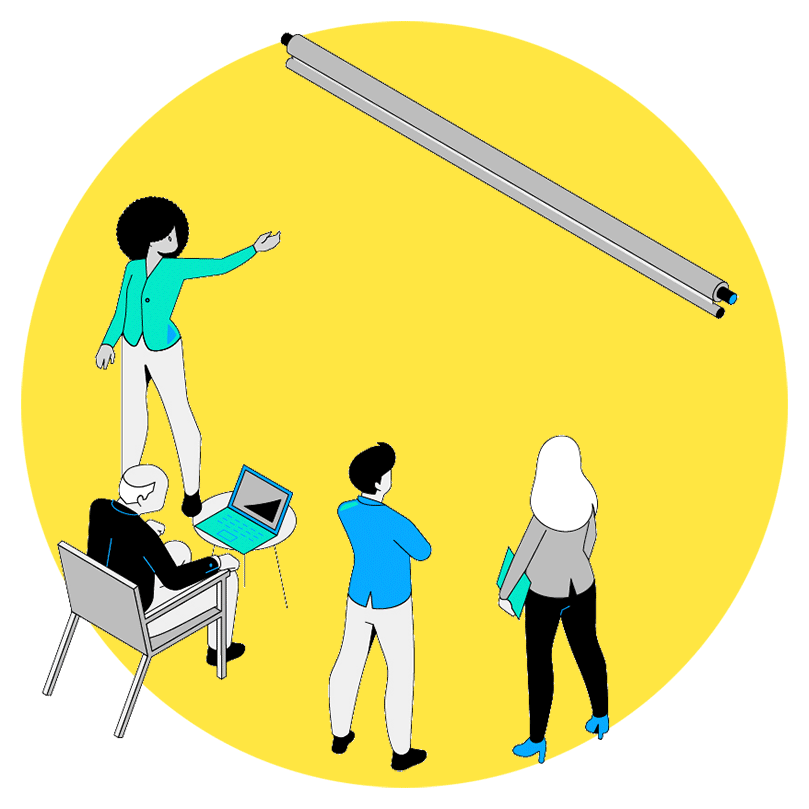
That comes with a corollary: if things aren’t going well, you can’t hide it. Transparency is everything. “We actually just have to say what we're doing, and be honest about it,” says Olukotun. “One of the hardest parts about targets is: when you miss one, what do you do? You want to always report good news. In an internally-facing business context, not doing this is pretty common – if you miss your sales targets, you have to face up to it. But it's different when you have to talk about it publicly. So learning to be comfortable with that is key.”
As to the fundamental question of whether consumer tech can become truly sustainable – does the resource-intensive nature of the enterprise not mean that the two things are essentially incompatible? “I don't think companies have to be 100 percent renewable and I don't think it has to be the same for every company,” says Shah. The question then becomes: what meaningfully counts as “sustainable”? “We're going to let the market decide what they expect of us,” he says. That market includes investors, supply chain partners and, of course, consumers. He forecasts that by 2030, consumers may expect around 40 percent of a product’s content to be either recycled or offset – if only because this may translate into cheaper prices. Non-recycled materials, in his view, may one day become prohibitively expensive.
That’s why ultimately, Shah says, ESG and revenue will go hand-in-hand. “My prediction for 2030 is that a major CEO like Mr. Bezos or Mr. Dell will come on an analyst call and say, ‘Our earnings were driven by the sustainable innovations that we have created,’” he says. “It will be proof that sustainability is not just good for the purpose of the company, it's good for the bottom line of the company. And I think that's coming soon.”
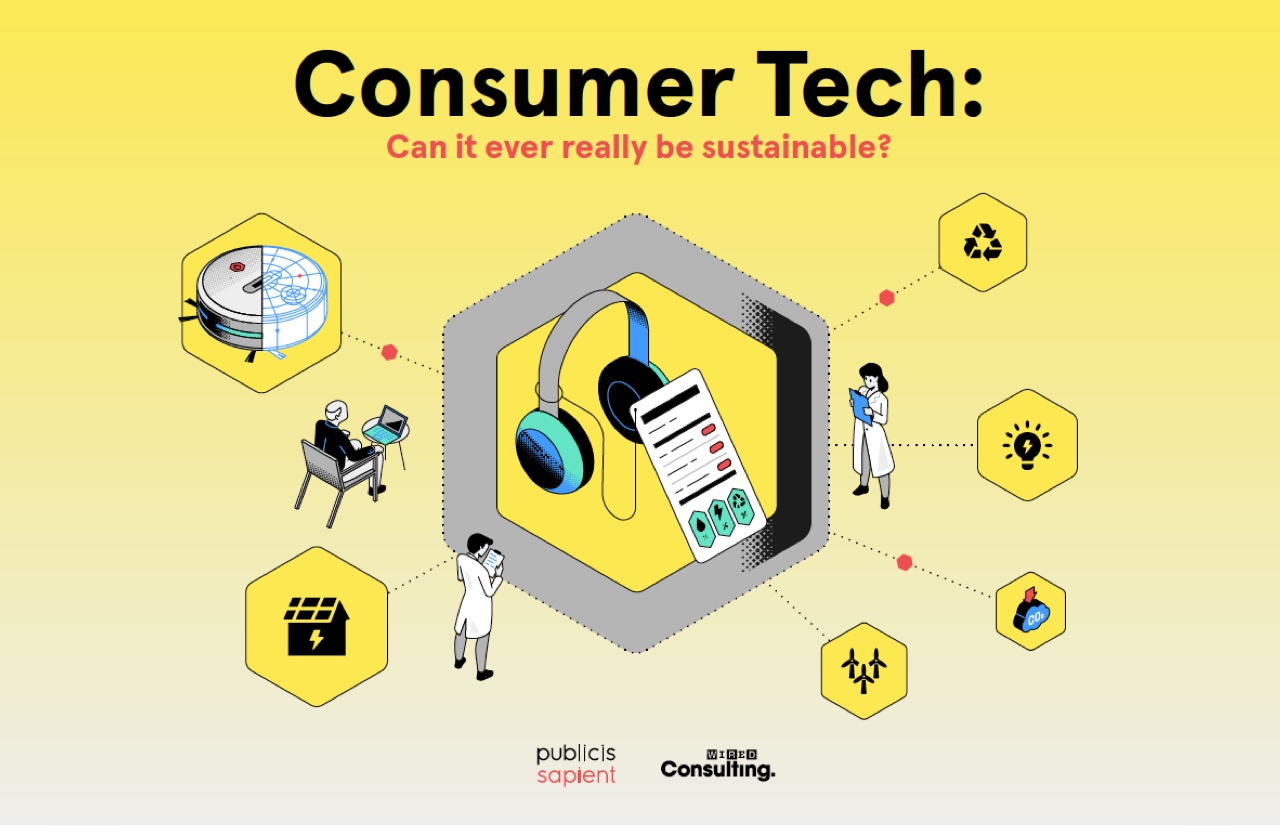
Save & Share This Article
Like what’s on this page? It’s available in PDF form.
Contact Us
Learn more about Publicis Sapient




